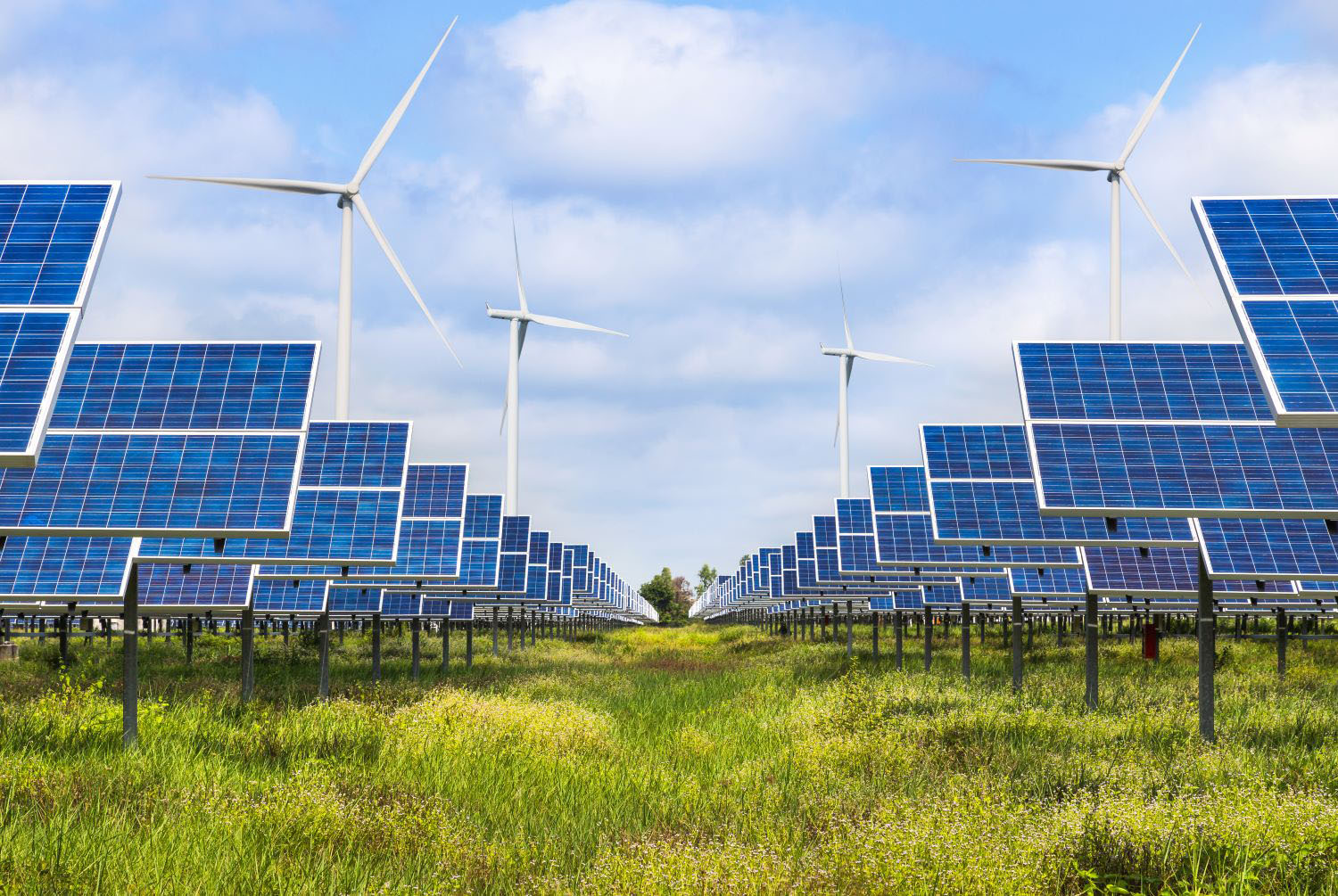At the recent U.N. climate change conference in Bali, U.N. Secretary General Ban Ki-moon called for a revolutionary change in the world’s energy mix to minimize the risk of catastrophic global warming. The Secretary General's invocation is a sharp break with past practice and an immediate commitment to clean energy development. However, the World Bank Group continues to help finance construction of coal-fired plants as if nothing has changed. This new working paper by CGD senior fellow David Wheeler focuses on the latest proposed venture, a huge coal-fired plant to be fueled by the Mmamabula coal field in Botswana.
Using the latest estimates of generating costs for coal-fired electricity and low-carbon technologies, Wheeler calculates the CO2 accounting charges that would make greener alternatives financially competitive with coal. In all cases, he finds that that the required "switching charges" are at the low end of the range consistent with safe atmospheric carbon loading. Among the low-carbon options that he has considered for Botswana, solar thermal power looks particularly attractive given its switching charge of about $35 per ton of CO2. His results suggest that the World Bank and other donor institutions will adopt a transformational energy policy if they use appropriate accounting charges for carbon emissions. The Mmamabula example indicates that this approach will select low-carbon options in many cases given even a modest charge, and that grants from the Bank's Clean Technology Fund and other sources could finance the market-cost gap between clean and fossil-fired technologies. Clean energy projects should proliferate, as donors learn about the new approach and more funds are devoted to meeting the global emissions reduction mandate.
Wheeler offers several policy recommendations for the World Bank:
- Adopt an explicit carbon accounting charge that can be defended as consistent with atmospheric safe limits for carbon loading. In view of the current scientific consensus, it will be very surprising if this is below $50/ton of CO2.
- Add this charge to cost estimates for all proposed fossil-fuel energy projects (oil and gas as well as coal), with and without carbon capture and sequestration (CCS). Costs should also be adjusted for local pollution factors, fuel supply risks and risk insurance.
- Compare the results with generating costs for locally-feasible zero-emissions options, with an appropriate learning-curve adjustment. This adjustment is critical for huge institutions like the Bank, which can generate aggregate global demand large enough to affect learning curves.
For additonal context on this paper, see David Wheeler's recent blog post A Solar Future for the World Bank in Southern Africa?
Rights & Permissions
You may use and disseminate CGD’s publications under these conditions.





